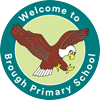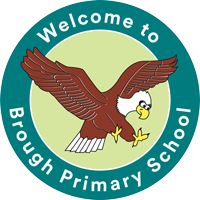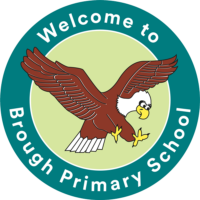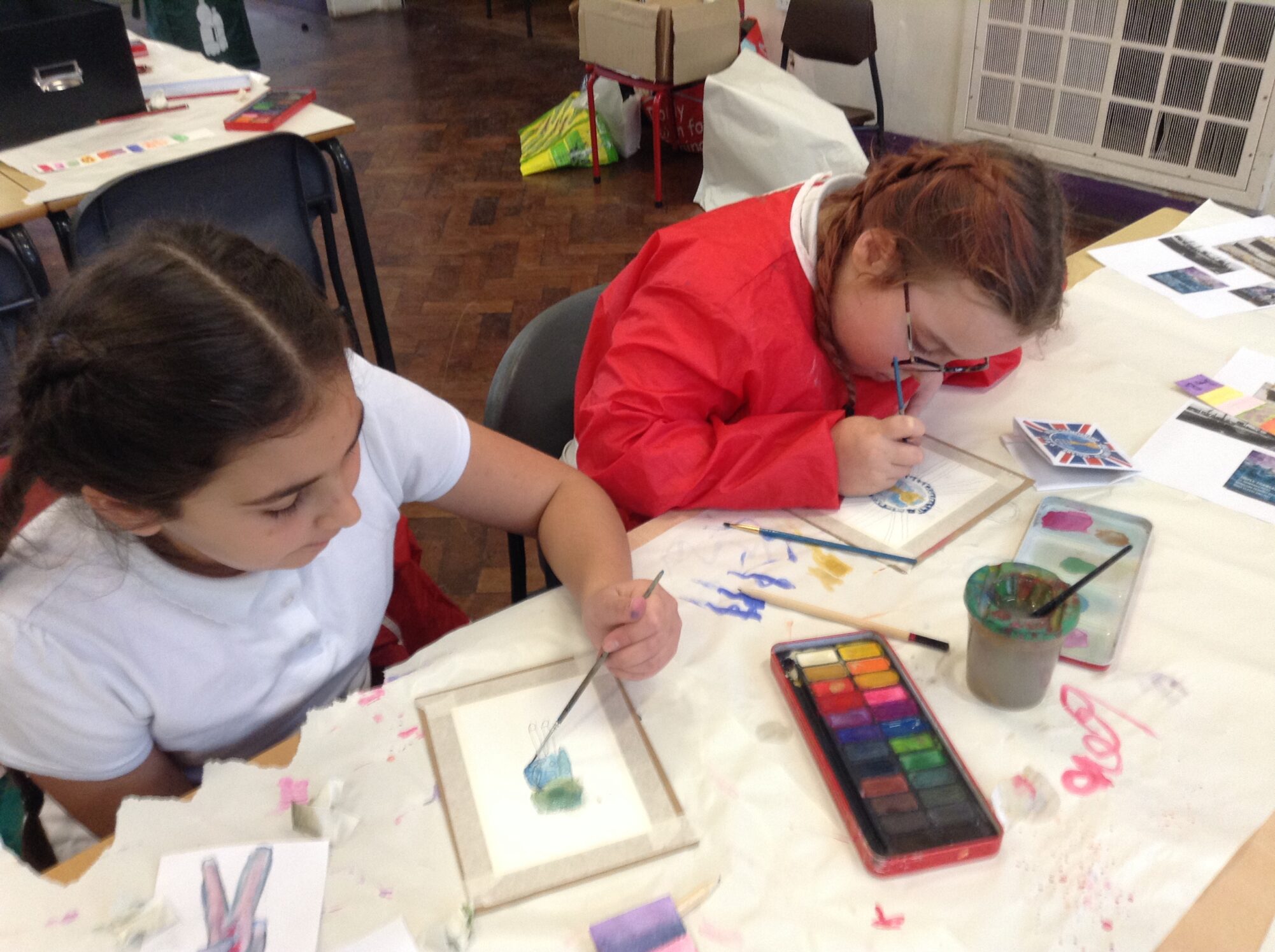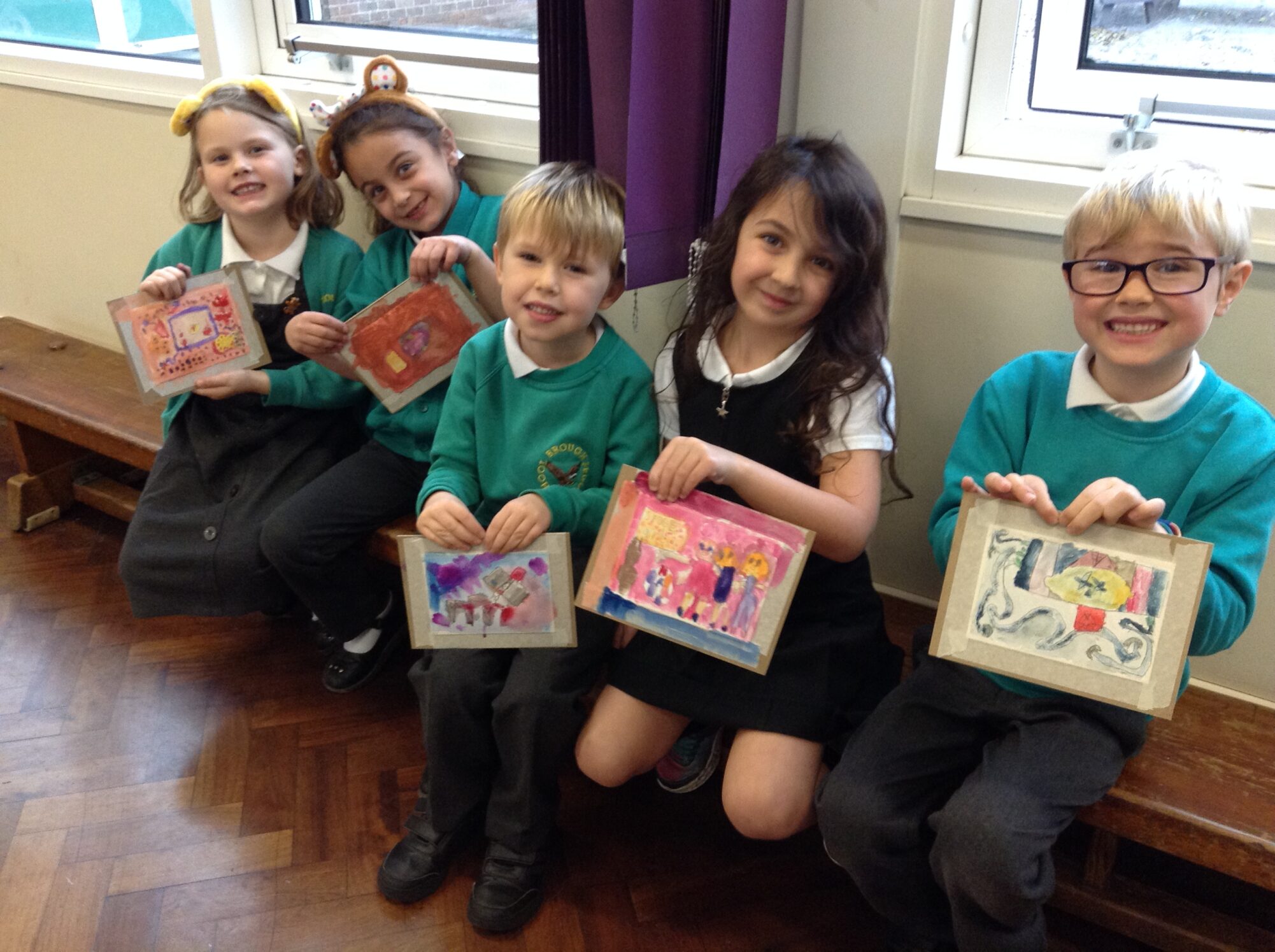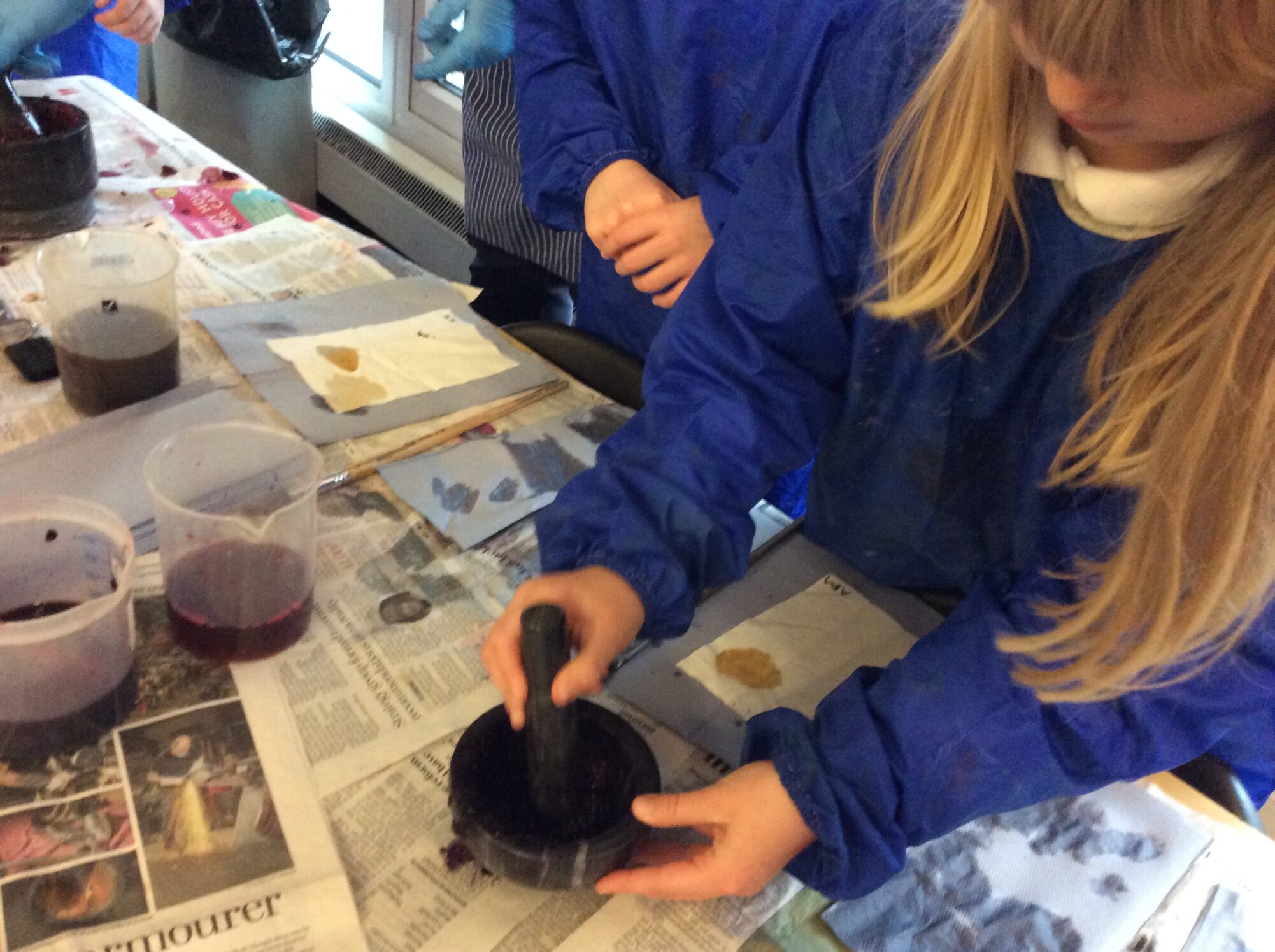Intent
We will fulfil the requirements of the Early Years Foundation Stage and the National Curriculum for art and design whilst providing a broad and balanced curriculum which ensures the progressive development of skills such as combining printing techniques within one piece of work to create impact and effect.
Art and design gives children the opportunity to appreciate and enjoy art in all its richness aiming to stimulate imagination and creativity. Children work with a range of mediums such as sketching, drawing, sculpture, painting, printing, collage, materials and textiles as well as digital media.
Our art and design curriculum will give pupils the knowledge and skills necessary to enable them to observe the world around them and record what they see and feel whilst having ample time to appreciate great artists and their work.
We want to equip them with the knowledge and skills to experiment, explore, invent and create, enabling them to be authentic and explore their own identity as well as being curious about respecting and connecting with others.
Most importantly, at Brough Primary School we want the children to foster a positive, life-long relationship with the subject and have fun and know that they are all artists!
Aims
The national curriculum for art and design aims to ensure that all pupils:
- produce creative work, exploring their ideas and recording their experiences
- become proficient in drawing, painting, sculpture and other art, craft and design techniques
- evaluate and analyse creative works using the language of art, craft and design
- know about great artists, craft makers and designers, and understand the historical and cultural development of their art forms.
Implementation
In order to achieve high standards within art and design, we ensure there are opportunities in sketching, drawing, sculpture, painting, printing, collage, materials and textiles as well as digital media. During the children’s time in the Early Years, there is a large focus on developing skills and building foundations and knowledge of different art techniques, before then moving onto a more progressive curriculum when they transition into KS1, until their final year with us.
As well as meeting the requirements of the National Curriculum for art and design, our provision ensures links across the wider curriculum and opportunities for more ‘hands on’ art experiences such as taking part in workshops led by local artists.
Each year, every child will also take part in a day which celebrates and teaches about an artist from a more diverse background, such as Tom Yendell: a mouth and foot painter and Beth Wilson: an autistic artist.
Diverse and complex representation is important in challenging learnt prejudice and creating an understanding that we have as many connections as we have differences. Connection strengthens our sense of self and our ability to work with others.
This diverse artist study provides many ways to explore these conversations and better equip the children in our school community to understand one another, be inspired and know that everyone is valued.
The long-term art plan maps out the experiences the children will receive in each key stage. It is written by the subject leader in consultation with phase leaders and other members of teaching staff. The subject leader provides medium-term plans for each unit of work ensuring that key skills, required knowledge and objectives are covered. This supports teachers with the development of lesson planning.
Art warm-ups are encouraged at the start of a lesson to enable the children to share their views and opinions on certain aspects of art and also to revisit learning from previous units.
From KS1 to KS2, each art unit has an identified end product with a range of opportunities for the children to develop skills linked to the unit’s focus, before building up to this final piece.
A thorough understanding of both classic and modern artists, as well as art and design techniques learnt, give children the opportunity to pursue individual interests and creativity, so they can shine and showcase their talent. Art and design is celebrated around the school with high quality art on display for all to see.
We collect visual evidence in Art books and folders to show what art and design looks like within our school and this portfolio follows the learning journey of our pupils to show how they grow throughout their time with us.
Impact
At Brough Primary School we want every child to leave us in Year 6 having had a wide range of artistic experiences. The impact of these, and of the quality of the provision they received, is measured through the inspired art work they produce, the knowledge and skills they have developed and their ability to apply these in a variety of different ways.
We want children to love art, to be inspired by art and artists, and to develop their own preferences, both in appreciating and creating their own pieces of artwork.
Children will retain knowledge of artists studied, use relevant vocabulary when discussing their art work, be able to evidence a growing understanding of different forms of art and build links between different periods of art and different mediums.
We measure the impact of our curriculum by: –
- Discussing art work with the children, learning about how they have been inspired.
- Moderation staff meetings when specific examples of work in a specified medium are scrutinised, with an opportunity for dialogue between teachers and the subject leader.
- Monitoring of taught skills across the school to evidence progress.
- Assessing pupils’ knowledge and ability to apply this to later learning.
- Images and videos of children’s practical learning.
Development of learning evidenced in sketch books and topic books.
Assessment in our art curriculum is a holistic process and aims to teach pupils: how to become independent artists and designers, to know and understand the creative process, to ask themselves the right questions and to be able to accept praise and take advice in equal measures.
By appraising their peers’ work and that of other artists, the pupils are able to identify and understand that everyone has their own individual viewpoint and opinion.
